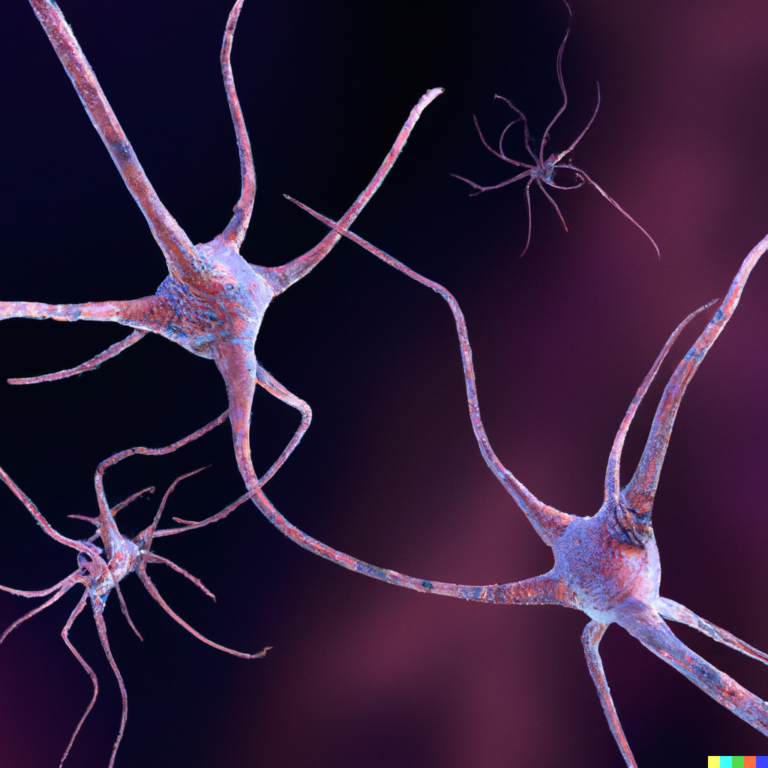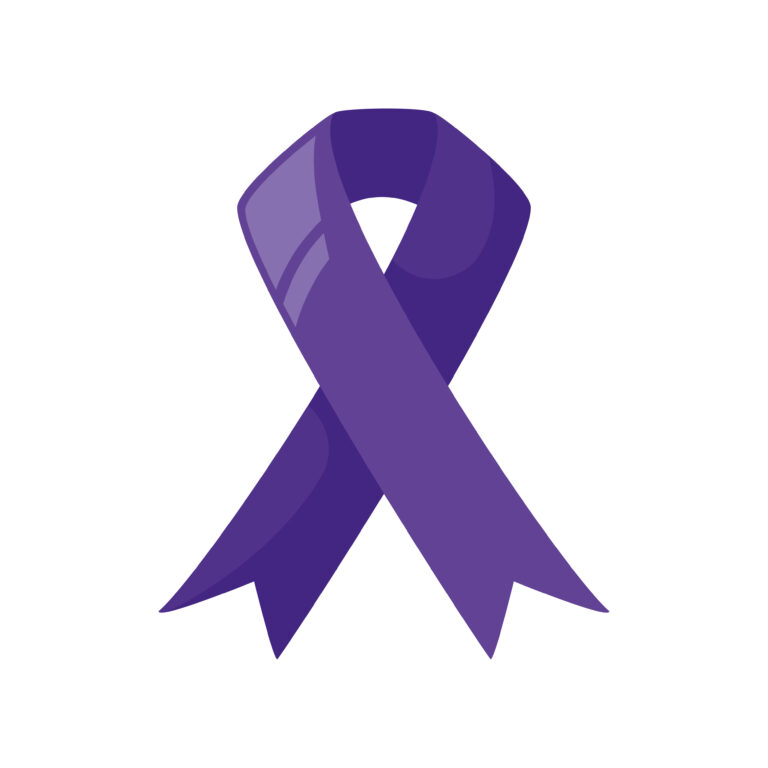Falls are a significant concern for older adults, often leading to injuries, loss of independence, and even death. Understanding the common causes of falls can help in preventing them. Here are some of the most common reasons why older adults might experience falls:
1. **Muscle Weakness**: As people age, muscle strength, especially in the legs, tends to decrease. This weakness can affect balance and increase the risk of falls[1][3].
2. **Medication Side Effects**: Many older adults take multiple medications, some of which can cause dizziness or drowsiness. These side effects can impair balance and increase the likelihood of falls[1][2][5].
3. **Vision Problems**: Changes in eyesight, such as glaucoma, macular degeneration, or retinopathy, can make it harder to see obstacles or navigate spaces safely. Even bifocal or trifocal glasses can increase fall risk by limiting clear vision of the floor[2][3].
4. **Medical Conditions**: Conditions like diabetes, heart disease, arthritis, and neurological disorders can affect balance and gait. For example, diabetes can cause neuropathy, which affects sensation in the feet, making it harder to walk safely[2][3].
5. **Blood Pressure Issues**: Conditions like orthostatic hypotension, where blood pressure drops upon standing, can lead to dizziness and falls[2][3].
6. **Cognitive Decline**: Dementia and other cognitive issues can impair judgment and reaction time, increasing the risk of falls[2][5].
7. **Environmental Hazards**: Poor lighting, loose rugs, and other home hazards can easily lead to falls if not addressed[4][5].
8. **Lack of Activity**: Inactivity or prolonged bed rest can weaken muscles further and increase fall risk[5].
Preventing falls involves addressing these risk factors through lifestyle changes, such as regular exercise, medication reviews, and home safety improvements. By understanding and managing these causes, older adults can significantly reduce their risk of falls.





